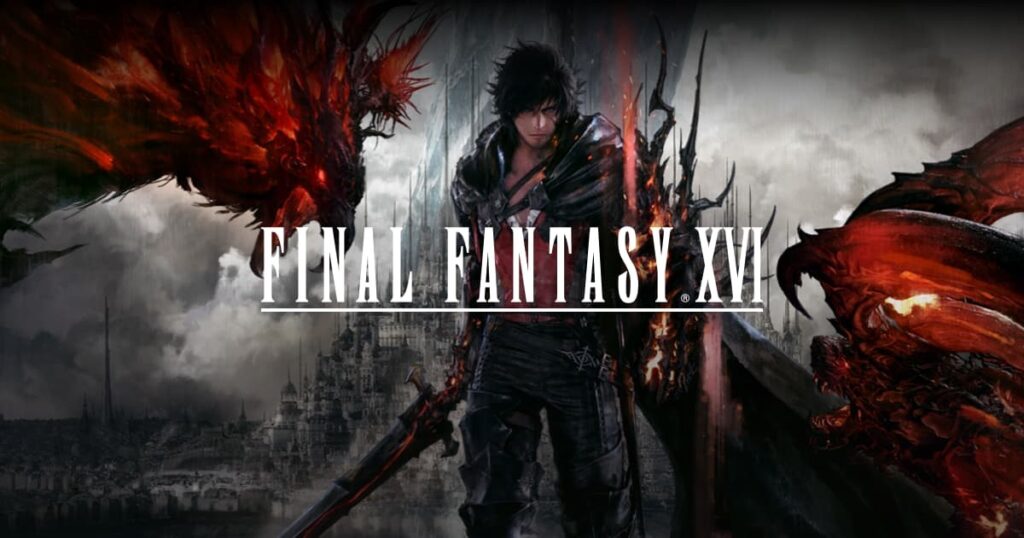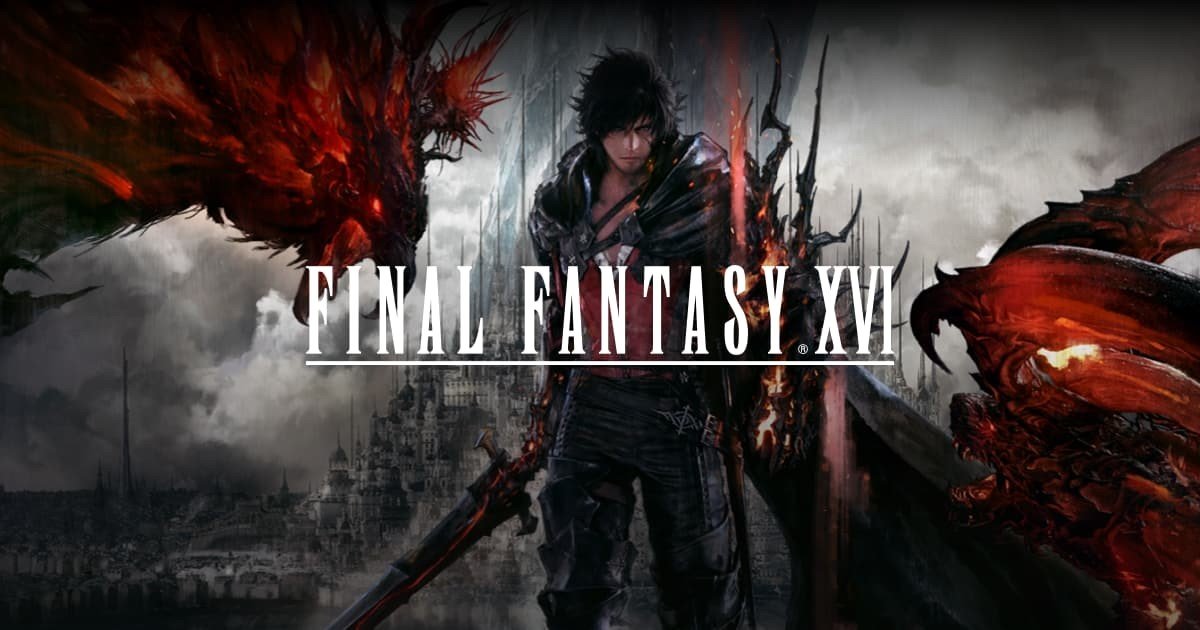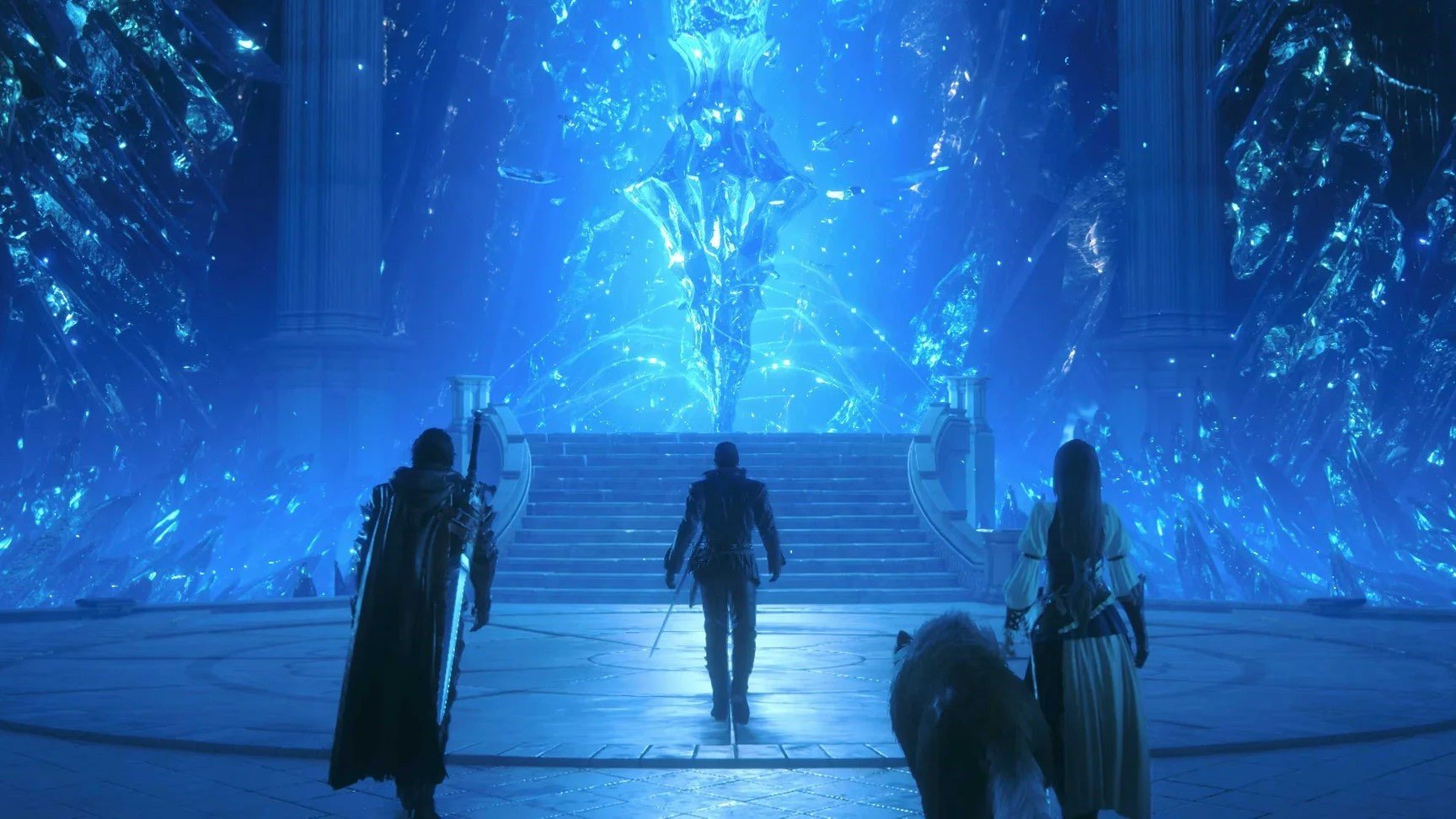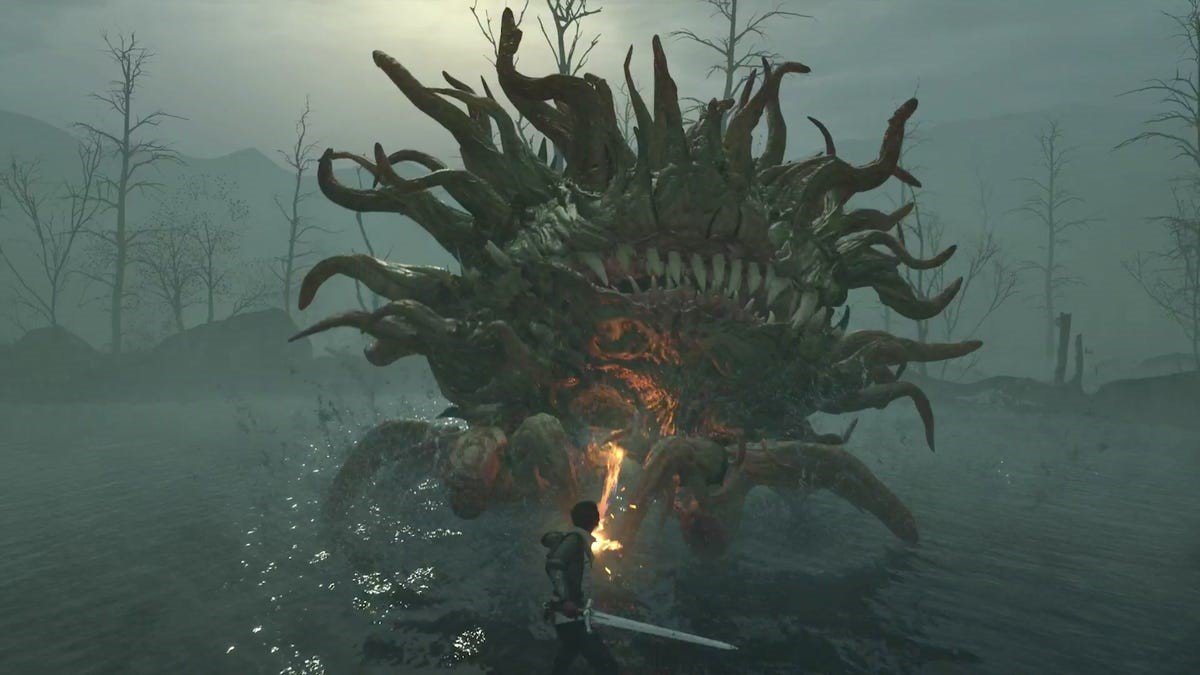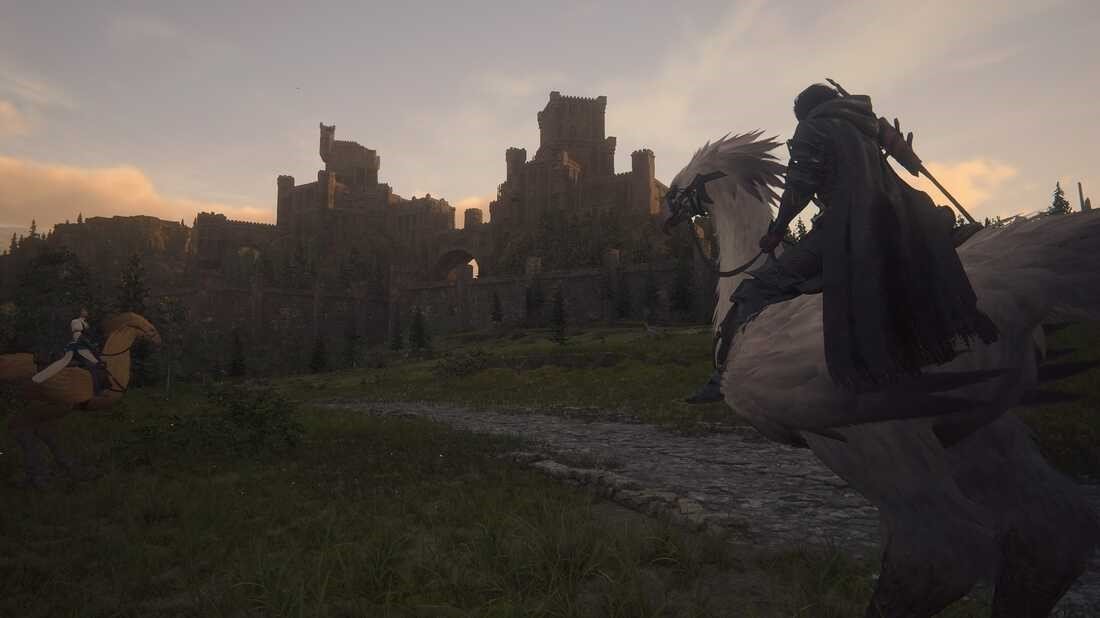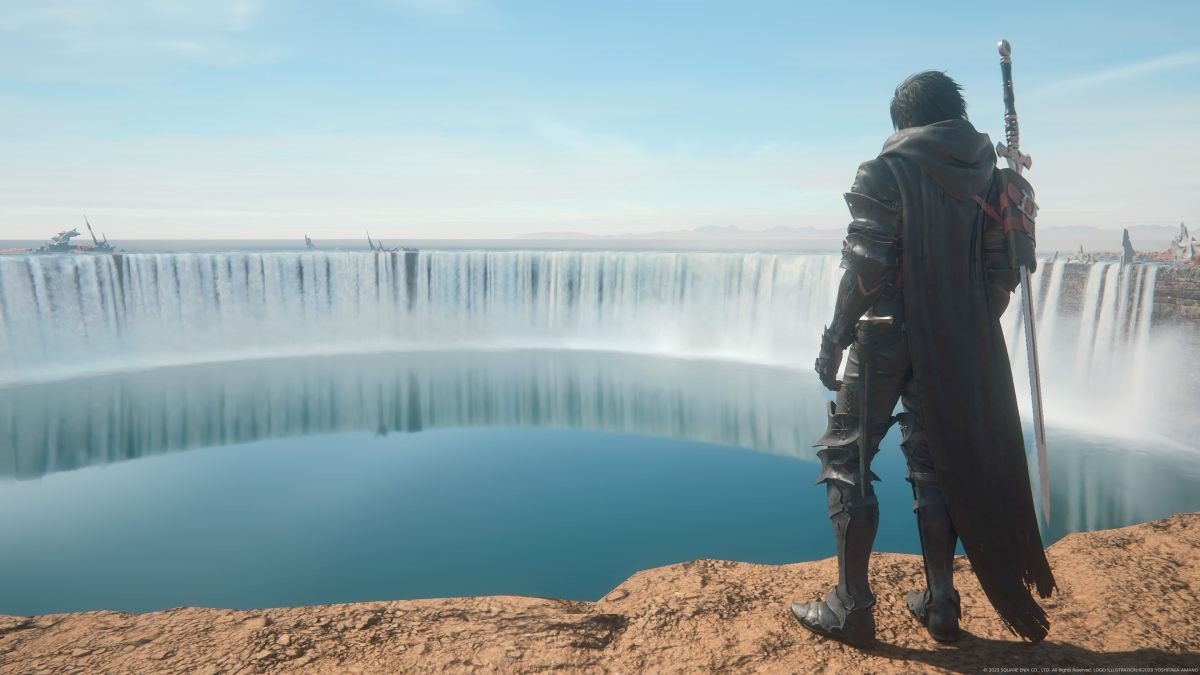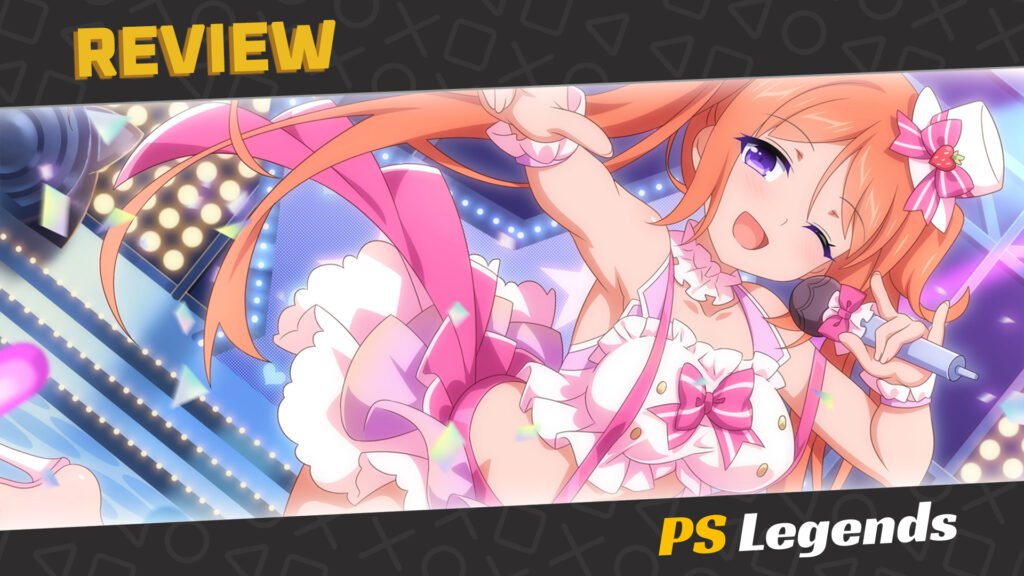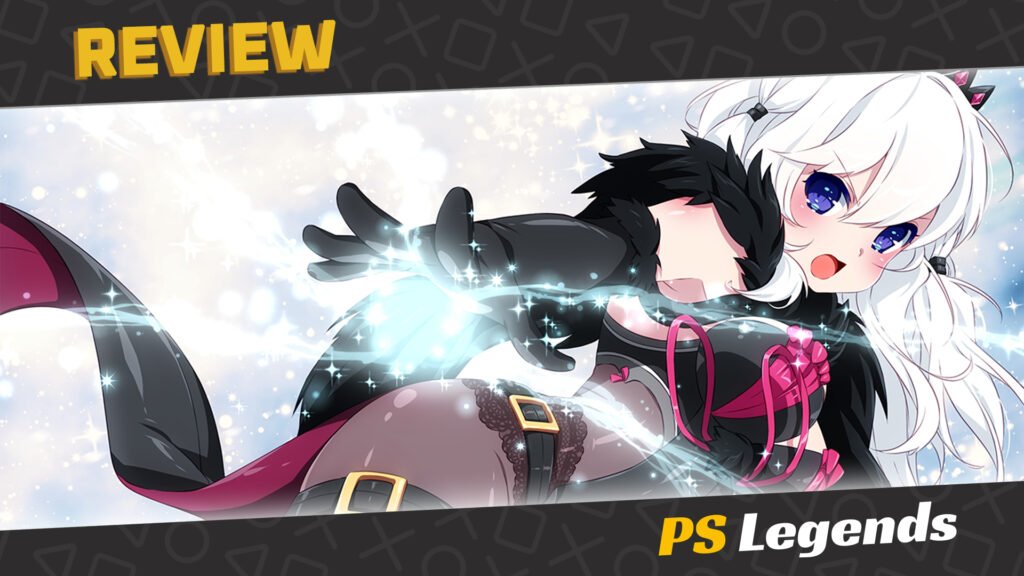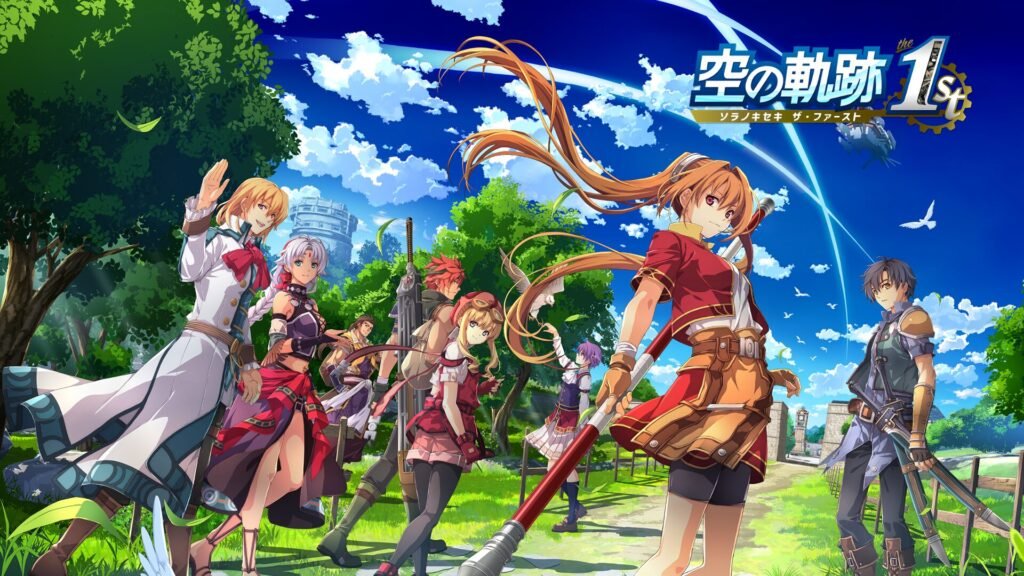I can’t help but be amused by some of the criticisms of Final Fantasy XVI, which I’ve had the pleasure of reading. ‘It’s not classic, turn-based Final Fantasy…’ ‘It’s more like Devil May Cry…’ ‘It doesn’t feel like the old games we grew up with…’ I can’t help but feel every one of these comments is incomplete, missing the second half of the sentence, which in every case should be ‘…but that’s not a bad thing’.
I’m really stating the obvious here, but Final Fantasy has always been experimental, with each game in the series introducing many new ideas and mechanics while only bringing back a few. This gives each game its own unique identity, for better or worse. Final Fantasy XVI is no exception.
It’s a game that emerged from the shadows with a quick yet intense development period after being stuck in its conceptual phase for around a decade. Hopefully, this is the dawn of a return to speedier development at Square-Enix since we have a game here that still provides a complete narrative and a fascinating adventure, which is a combination we sadly haven’t seen in quite a while.
On This Page
Introduction
Final Fantasy XVI is a story rich with lore and backstory. Scattered throughout the two continents of Ash and Storm are colossal magical Mothercrystals, which provide aether energy to the various populations and drive civilization with shards mined for commercial use. There are also humans that can use magic without crystals, known as Bearers, who are subject to prejudice and slavery and abused for their divine gifts, with their often-forced overuse causing them to petrify gradually.
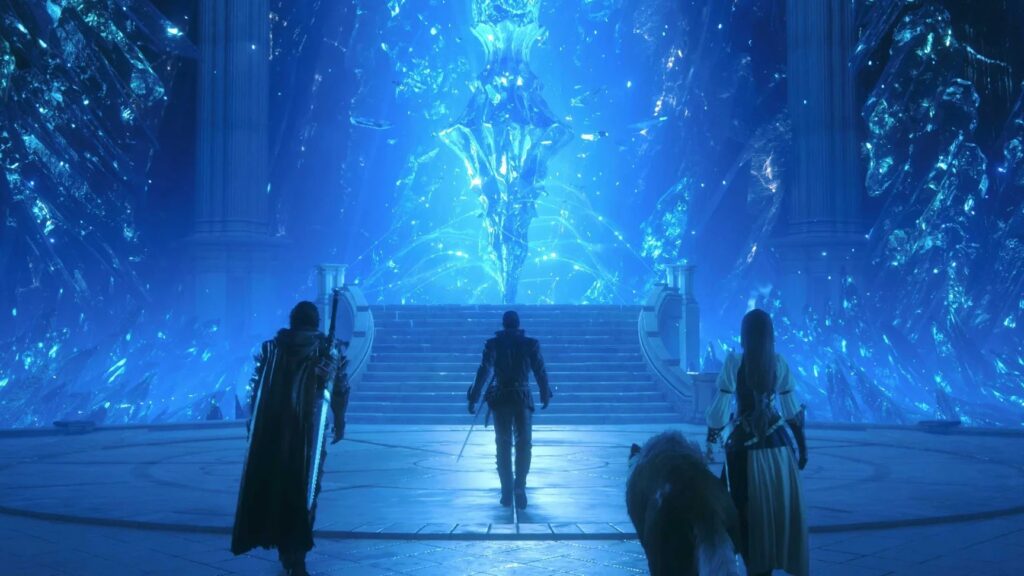
Powerful forces in the world of Valisthea are the Eikons, magical creatures of incredible power that are utilized by hosts called Dominants. There are supposedly eight Eikons in total, one for each of the elements, yet the disappearance of the water Eikon Leviathan is curiously followed by the emergence of a seemingly impossible second Eikon of fire, Ifrit, which drives the main plot by disrupting the previous balance.
The core nations of Valisthea are the Grand Duchy of Rosaria, the Holy Empire of Sanbreque, and the Dhalmekian Republic on the Storm continent, the Kingdom of Waloed, which dominates the Ash continent, and the neutral Crystalline Dominion sitting between Ash and Storm. An outlier is the Iron Kingdom, an isolated nation off the coast of Storm overseen by the fanatical Crystalline Orthodox.
Story
By the game’s events, Valisthea is suffering from a depletion of aether known to most as the ‘Blight’, which withers all life, driving the nations into conflict with each other over resources. Because of their ability to manifest Eikons, Dominants play a key role in the nation’s politics and military. Depending on where they are born, Dominants are hailed as political leaders, tolerated, respected, and often feared due to their power, or captured and either killed or used as weapons of war.
As a teenager, protagonist Clive Rosfield was a bodyguard to his brother Joshua. Even though Clive is older, Joshua is set to inherit his family’s throne because he is the Dominant of the fire Eikon, Phoenix. Clive, who can only throw a few fireballs as one of Phoenix’s Bearers, is little more than a disappointment to his scheming mother.
Suddenly betrayed by their former allies in the Empire of Sanbreque, Rosaria is invaded, and Joshua is killed by the mysterious second Dominant of Fire, who by all accounts shouldn’t exist, and their kingdom is taken over. Thirteen years later, Clive, now enslaved by Sanbreque, is on a mission to go rogue and avenge his brother, but it turns out there’s much more to the enigmatic Ifrit than first thought.
Gameplay
The combat feels like the final evolution of the free-roaming hack-and-slash battles Square-Enix has experimented with ever since Final Fantasy Type-0 and Crisis Core. You have a weak, ranged magic attack, sword combo attacks, two special attacks that use the power of an equipped Eikon, and commands for your faithful hound, Torgal.
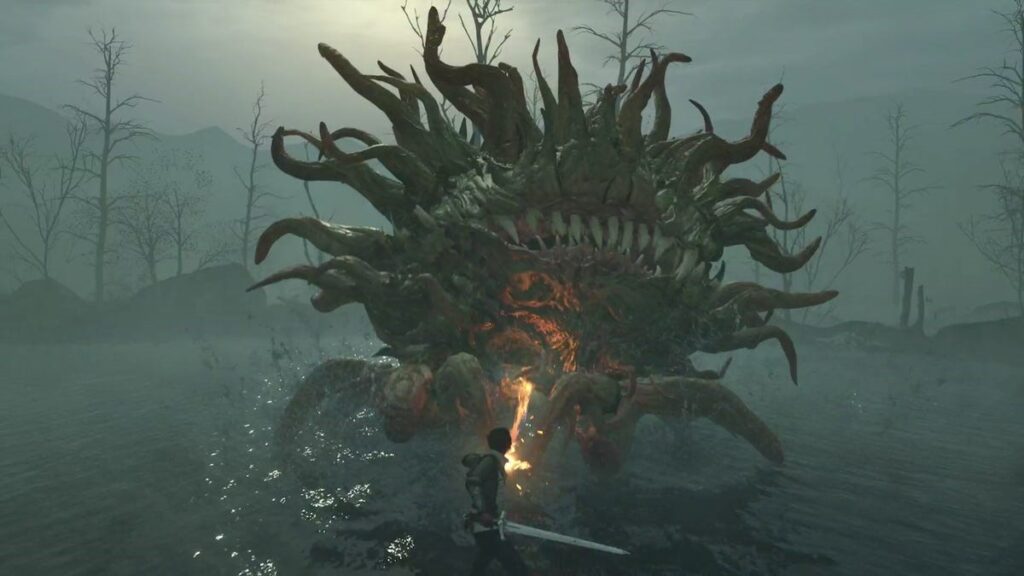
Most attacks can be charged for more damage, and eventually, Clive acquires a limit break that makes him even more potent for a short period of time. Thanks to combat design veteran Ryota Suzuki, who worked on games such as Devil May Cry 5 and Dragon’s Dogma, juggling all of these options feels smooth, and well-timed strings of combos turn most enemies into defenseless ragdolls.
However, this is a lightning-fast action RPG, so bosses wouldn’t be so intimidating if you could wipe them out with one long combo. As such, bosses have colossal health bars. The stagger system from Final Fantasy VII Remake returns, so if you continuously attack enemies so that they can’t retaliate, they end up ‘staggered’, taking increased damage while stunned and thus unable to fight back for a brief period.
Battles are deliciously over-the-top spectacles, as one might expect from Square’s usual stance on the genre, with flurries of sword strikes only interrupted by an onslaught of magical explosions. Switching elements on the fly also switches your move sets, potentially granting you a near-endless beatdown of various colorful, magic-infused moves.
Impressive-looking castles have a realistic, homelier feel to them rather than their usual labyrinthine RPG counterparts. Open swathes of fields, marshes, or deserts extend between them. Towns are now higher in number and hold more people than in Final Fantasy XV and are home to quest-givers patiently waiting for you to rescue them. The dying world outside of townships is appropriately devoid of all but the most hostile life.
Side-quests are a simple matter of following an objective marker, taking out whatever monster awaits you at your destination, and then fast-traveling back, if you wish. These missions are exciting distractions from the main story, allowing Clive to check in with the many allies he befriends on his journey, though their dramas and rewards pale in comparison to those of the main quest and one of the most fascinating villains in Final Fantasy history.
Graphics/Sound
As we’ve touched on before, visually, the game is superb. While it’s difficult to find specific details that surpass the quality featured in its predecessor, Final Fantasy XV, this is only because the last installment set the bar so incredibly high for the series, at least in its graphics. Characters are exceptionally well detailed, with only the wide variety of colourful scenery outclassing them.
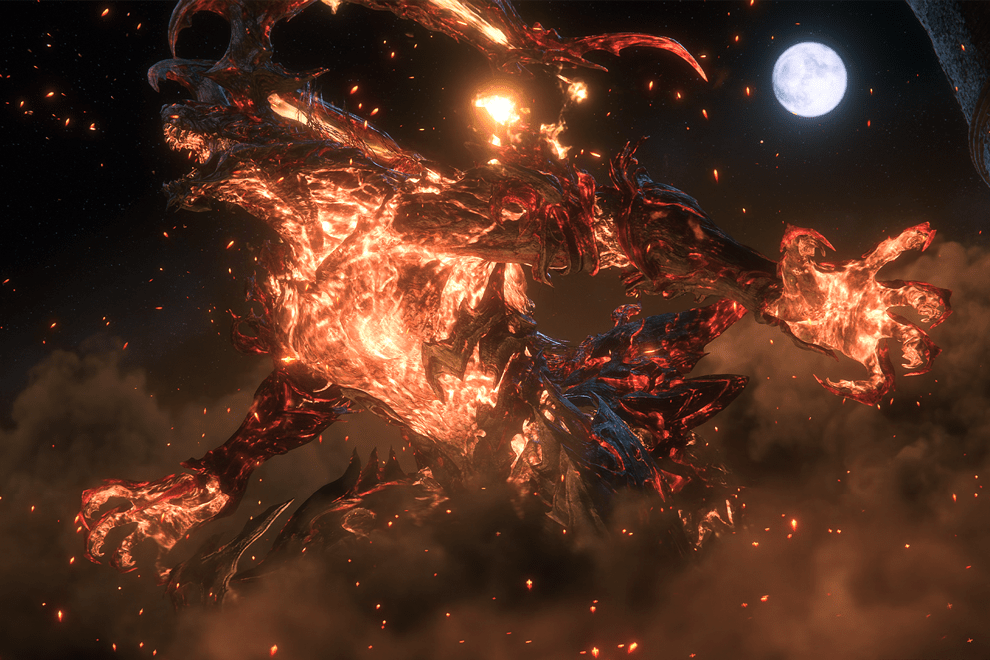
However, it’s very odd that Square-Enix has erased multiple races from this fictional alternative history in pursuit of realistic fantasy. Worse, there is a desert region with some stereotypical Middle Eastern music, occupied by tanned characters with entirely British accents. It feels as if the amount of care taken with other aspects of the game wasn’t extended to people of color, and that doesn’t feel right. And sadly, it doesn’t end there…
The voice acting in the game is a genuine concern of mine. While it’s nice to see the realistic inclusion of all-English voice actors (I’m from the northwest of England myself) in a medieval setting, there’s still a heck of a lot of ethnic stereotyping going on. Neutral accents take a backseat to regional dialects, which feel overly exaggerated.
For example, the commonplace Yorkshire accent is portrayed passive-aggressively, while the Newcastle variant is used to highlight characters who are, shall we say, academically lacking. This doesn’t feel very PC. Even Clive’s over-the-top gravel and obsession with the word ‘alright’ makes it challenging to take him seriously. Only really love-interest Jill came across as a five-star performance.
The music is solid and works well with the setting, but like Final Fantasy XV, I’m finding that most tunes blend into the ambiance. This means they certainly do their job but lack memorable qualities. There are a couple of exceptions, with one of the battle themes sampling the opening from Final Fantasy VIII’s outstanding ‘Don’t Be Afraid’, and an out-of-place metal track strangely suiting the epic Titan boss battle.
Replayability
It is technically possible to get everything done in a single playthrough, including all side-quests, optional boss monster hunts, and ultimate weapon crafting, as well as less relevant activities such as time-attack missions and skill mastery tutorials. Unfortunately, this won’t be enough to score the platinum trophy.
For the most hardcore, replaying the game on the game’s ‘Final Fantasy’ mode will likely be the last trophy on your list after some silly ones which require ‘x’ number of kills with specified elemental skills. Final Fantasy mode is essentially the game’s ‘very hard’ mode, which, hopefully, you’ll have accrued enough skill at perfect dodging to survive. It’s one for only the most committed of players.
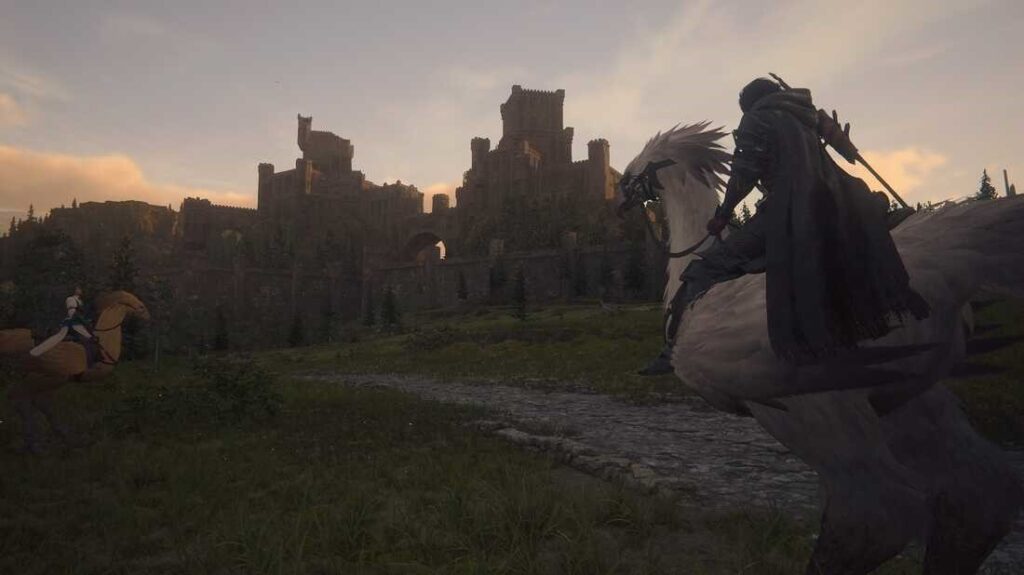
Conclusion
With a more mature and realistic tone (albeit with more than a few unnecessary F-bombs) taking a prominent Game of Thrones influence, Final Fantasy XVI is not more of the same, and so fans expecting a tribute to the series’ roots are looking in the wrong place. It’s a game that considers trending themes to produce something more evolved than before.
Final Fantasy XVI is also full of gratifying little nods to the series’ history. The victory fanfare is back, which is excellent, and seeing fan-favorite monsters become serious opponents is as exciting as it was in Final Fantasy VII Remake. The characters radiate a sense of respect in the way they treat one another. Like Final Fantasy VII, it reminds us that we have one planet to live on and that we should treat each other with kindness, tolerance, and cooperation.
Final Fantasy XVI is a story of nations clashing over resources. The Mothercrystals and their magic lead to questions of ecological sustainability, almost like a medieval fantasy twist on the carbon footprint debate, which certainly gives the game realistic comparisons to think about and where our moral compass points regarding the matter.
There is another theme here that becomes clearer the further you progress, and that is the vital importance of free will and independence. Not afraid to tackle controversial topics, Final Fantasy XVI bravely confronts religious indoctrination and fanaticism, which earns the game some profound respect for challenging this largely uncharted territory.
Where it took Final Fantasy XV a film, a game, several pricey DLC expansions, and even a couple of books to sloppily piece its full story together, here characters constantly put events into context, share tales, or react to changes that you bring about. You even have a historian and a lore specialist at your disposal, allowing you to look up information about characters, areas, and other regional jargon.
Sure, there are imperfections in some of the design choices, but it’s rare to find a game nowadays that feels quite so thorough and complete. Square-Enix has clearly taken a lot of the criticism aimed at previous games into account, and the battles offer more freedom, the characters are fleshed out, and thanks to detailed world-building, you finally get the sense again that there is a beautiful world out there that needs saving from an incredibly complex villain.
Joys
- Incredible story
- Stunning visuals
- Flashy combat
Cons
- Not very inclusive or PC
- Turn-based combat fans will be disappointed
